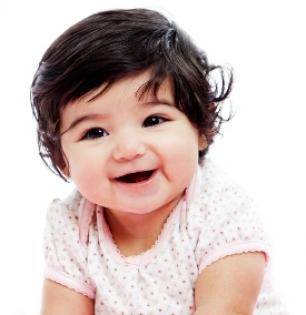The earlier a child with an autism spectrum disorder (ASD) can be diagnosed, the better. Early treatment can be beneficial to the child and his or her family. But in many instances ASD is not diagnosed until a child is 4 or 5 years old.
However, the University of California in San Diego (UC San Diego) has just announced two recent breakthroughs in autism research that could make a significant difference to early diagnosis and treatment.
For the first time, the scientists led by Professor Eric Courchesne, have mapped gene networks that can cause autism and they’ve also identified a genetic signature for the disorder in 12-month-old babies that can be picked up in a simple blood tests.
Professor Courchese, who is in Australia to speak at a conference on autism, explains that the work is very exciting.
“A gene is a possibility; it's a blueprint for building or doing something. But it's the actual activity of translating that blueprint into a building that really is more like what we're measuring.
“We identified the gene systems that are abnormally active, that are responsible for the abnormal brain growth.
“So this is the very first brain gene discovery. It tells us something about what gene systems may be important for future research into treatments, into the development of early markers for autism and so forth.
He describes the blood test for detecting autism in a baby as “very accurate”.
“It identifies roughly about 80 to 85% of infants and toddlers that are at risk for autism. It also makes it possible for the first time to identify potentially a very large percentage of kids if it turns out that we can replicate our findings.
He says he hopes it results in better and quicker treatment for children with autism.
“The typical age of diagnosis, the very first diagnosis, is about four years of age which means treatment and services began sometime after that, so that's pretty late. Autism actually begins really early.
“By coming up with a method for early identification through early screening, it might be possible that at one or two years of age a far greater proportion of autistic toddlers could be identified and be in treatment earlier.”
Professor Courchesne says he hopes that further research into gene networks may one day lead to the prevention of autism.
Autism affects about one in every 100 children in Australia.
UC San Diego says toddlers aged between 12-24 months at risk for an ASD MIGHT:
- talk or babble in a voice with an unusual tone
- display unusual sensory sensitivities
- carry around objects for extended periods of time
- display unusual body or hand movements
- play with toys in an unusual manner
- show low enthusiasm to explore new things or appear underactive
- seem overly fussy or be difficult to soothe.
Only a professional medical practitioner can determine if a child is at risk for an ASD.



















__small.png)










